Your cart is currently empty!
Tooth Decay Explained: Causes, Symptoms, and How to Prevent Cavities Effectively
Tooth decay, also known as dental caries or cavities, is one of the most common oral health issues affecting people of all ages. It begins silently, often without pain, and can eventually lead to serious dental problems if not treated in time. Understanding how tooth decay starts, what causes it, and how to prevent it…

Tooth decay, also known as dental caries or cavities, is one of the most common oral health issues affecting people of all ages. It begins silently, often without pain, and can eventually lead to serious dental problems if not treated in time. Understanding how tooth decay starts, what causes it, and how to prevent it is the first step toward maintaining a healthy and confident smile. In this blog, we’ll explore everything you need to know about tooth decay, from its early warning signs to effective prevention and treatment options that actually work.
What is Tooth Decay?
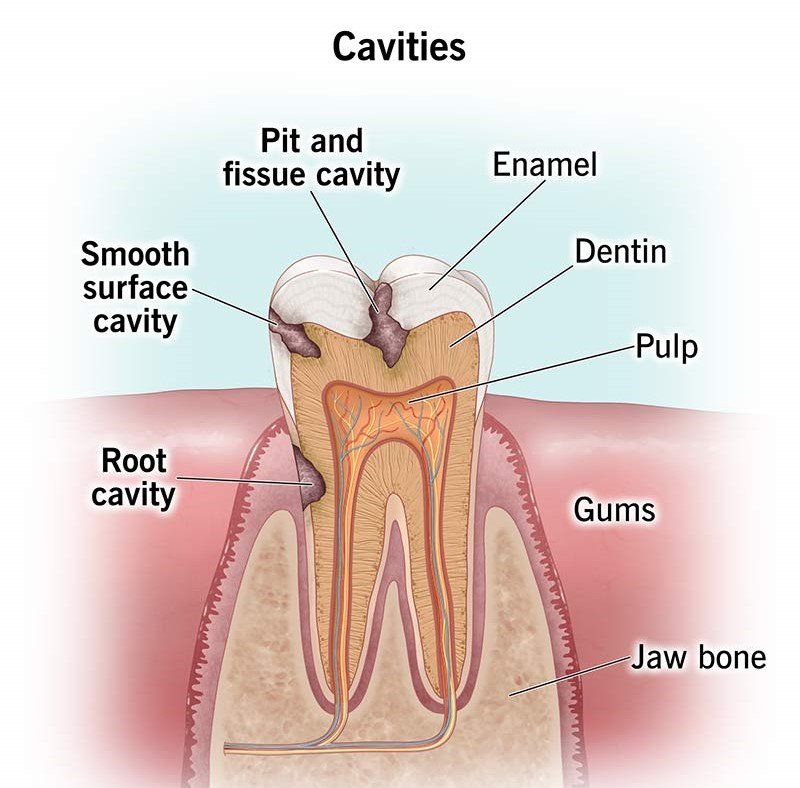
Tooth decay occurs when bacteria in your mouth produce acids that attack and destroy the hard surface of your teeth, known as enamel. This process happens gradually and is primarily caused by frequent consumption of sugary foods, poor oral hygiene, and plaque buildup. Over time, the acid erodes the enamel and creates small holes or cavities. If left untreated, decay can spread deeper into the tooth, affecting the dentin and pulp, leading to pain, infection, and even tooth loss.
Tooth decay doesn’t happen overnight. It’s a slow and progressive process that can be controlled or even reversed if detected early. The good news is that modern dentistry now provides advanced diagnostic tools and preventive treatments that make it easier to maintain healthy teeth for life.
How Tooth Decay Develops
To understand how tooth decay occurs, it’s important to know the sequence of events that lead to cavity formation.
1. Plaque Formation
Every time you eat or drink, especially sugary or starchy foods, bacteria in your mouth feed on those sugars. These bacteria produce acids that mix with saliva and leftover food particles to form a sticky layer called plaque. Plaque constantly forms on your teeth, and if it isn’t removed through brushing and flossing, it can harden into tartar, which is much harder to remove.
2. Acid Attack on Enamel
Plaque contains bacteria that release acid every time you eat. These acids begin to dissolve the minerals in your tooth enamel. Over time, repeated acid attacks weaken the enamel, making it more vulnerable to decay.
3. Enamel Breakdown
Once the enamel loses enough minerals, tiny holes begin to form on the tooth surface. This is the earliest stage of tooth decay. At this point, the damage may still be reversible with fluoride treatment and improved oral care.
4. Dentin Damage
If the decay continues to progress, it reaches the dentin layer beneath the enamel. Dentin is softer than enamel and more susceptible to damage. This is when you may begin to feel sensitivity to hot, cold, or sweet foods.
5. Infection of the Pulp
In advanced stages, the decay reaches the pulp the innermost part of the tooth that contains nerves and blood vessels. This can cause severe pain, inflammation, and infection. At this stage, professional treatment such as root canal therapy becomes necessary.
Common Causes of Tooth Decay
There isn’t just one cause of tooth decay. It’s a combination of factors that work together to damage your teeth over time. Some of the most common causes include:
Poor Oral Hygiene
Failing to brush and floss regularly allows plaque and bacteria to build up, creating an environment where decay can thrive. Brushing twice a day with fluoride toothpaste and flossing daily is essential to keeping your teeth healthy.
High Sugar Consumption
Frequent consumption of sugary snacks, desserts, and soft drinks feeds harmful bacteria in your mouth. These bacteria convert sugar into acid, which erodes your enamel and accelerates tooth decay.
Dry Mouth (Xerostomia)
Saliva plays an important role in washing away food particles and neutralizing acids. A dry mouth, often caused by dehydration, medications, or medical conditions, can increase the risk of cavities.
Poor Diet
A diet lacking in vitamins, minerals, and calcium can weaken your teeth, making them more susceptible to decay. Consuming a balanced diet rich in nutrients helps strengthen enamel and protect against cavities.
Not Visiting the Dentist Regularly
Skipping regular dental checkups means early signs of tooth decay can go unnoticed. Professional cleanings help remove tartar and catch early stage cavities before they worsen.
Symptoms of Tooth Decay
Recognizing the early symptoms of tooth decay can help you get treatment before the condition becomes serious. Common signs include:
- Tooth sensitivity, especially to hot, cold, or sweet foods
- Visible holes or pits in your teeth
- Persistent toothache or pain when biting down
- Discoloration or dark spots on the surface of teeth
- Bad breath or an unpleasant taste in the mouth
Even if you don’t feel any pain, regular dental exams are important because decay can begin and progress silently.
Stages of Tooth Decay
Tooth decay doesn’t happen all at once it develops in stages, and understanding each stage helps you know when to seek professional care.
Stage 1: Demineralization
In this earliest stage, acid starts to weaken the enamel. White spots may appear on your teeth, indicating mineral loss. At this point, decay can often be reversed with fluoride and better oral hygiene.
Stage 2: Enamel Decay
The enamel begins to break down, forming small cavities. Treatment usually involves fillings or dental sealants to prevent further damage.
Stage 3: Dentin Decay
Decay spreads deeper into the dentin, causing increased sensitivity. Professional treatment is needed to stop the damage.
Stage 4: Pulp Infection
Bacteria reach the pulp, leading to severe pain and possible infection. A root canal treatment may be required to save the tooth.
Stage 5: Tooth Abscess
An untreated infection can form a pocket of pus called an abscess, which can cause swelling and serious pain. In severe cases, the infection can spread to other parts of the body, requiring urgent medical attention.
Effective Prevention Tips for Tooth Decay
The best way to deal with tooth decay is to prevent it from happening in the first place. These simple yet effective practices can help you maintain strong, healthy teeth for years.
Brush Properly and Regularly
Brush your teeth twice a day for at least two minutes each time using fluoride toothpaste. Make sure to clean all surfaces, including your tongue and gums.
Floss Daily
Flossing removes food particles and plaque from between your teeth and under the gumline, areas where your toothbrush can’t reach.
Limit Sugary and Acidic Foods
Cut down on sugary snacks, sodas, and fruit juices. Choose water, milk, or unsweetened beverages instead to keep your mouth healthy.
Use Fluoride Products
Fluoride strengthens enamel and helps reverse early signs of decay. Use fluoride toothpaste and mouthwash recommended by your dentist.
Eat a Balanced Diet
Include plenty of fruits, vegetables, lean proteins, and calcium rich foods like yogurt and cheese in your diet to promote strong teeth.
Stay Hydrated
Drink plenty of water throughout the day to maintain saliva flow and wash away acids.
Visit Your Dentist Regularly
Schedule dental checkups every six months for professional cleaning and early detection of cavities. Regular visits allow your dentist to spot problems before they become serious.
Treatment Options for Tooth Decay
If tooth decay is detected early, it can often be treated successfully without major procedures. Depending on the severity, treatment may include:
Fluoride Treatment
For early-stage decay, fluoride can help remineralize enamel and reverse minor damage.
Dental Fillings
When cavities form, the decayed portion of the tooth is removed and replaced with a filling material such as composite resin or amalgam.
Crowns
If the decay is extensive and the tooth structure is weakened, a dental crown may be used to restore its shape and function.
Root Canal Therapy
When the pulp becomes infected, root canal treatment is necessary to remove the infected tissue and save the tooth.
Tooth Extraction
In cases where the tooth is too damaged to be repaired, it may need to be extracted. Your dentist can recommend suitable replacement options such as implants or bridges.
The Role of Early Detection
Early detection is key to preventing tooth decay from becoming severe. Regular dental visits, combined with proper home care, can catch issues before they turn into costly or painful problems. Many modern dental clinics now use digital X-rays and AI-powered diagnostic tools to identify cavities even before they become visible to the naked eye.
The Importance of Oral Hygiene in Everyday Life
Your oral health is a reflection of your overall health. Poor oral hygiene has been linked to several systemic diseases such as diabetes, heart disease, and respiratory infections. Taking care of your teeth not only protects your smile but also supports your entire body’s well-being. Brushing, flossing, and eating a healthy diet are small steps that make a big difference.
Final Thoughts
Tooth decay is a common yet preventable dental issue. By understanding its causes, recognizing early symptoms, and following preventive care routines, you can protect your teeth for life. Regular dental checkups, fluoride use, and good oral hygiene habits remain the foundation of a healthy mouth. Remember, prevention is always easier and less costly than treatment. A few minutes of daily care can save you from years of discomfort and dental expenses.
Share with
/


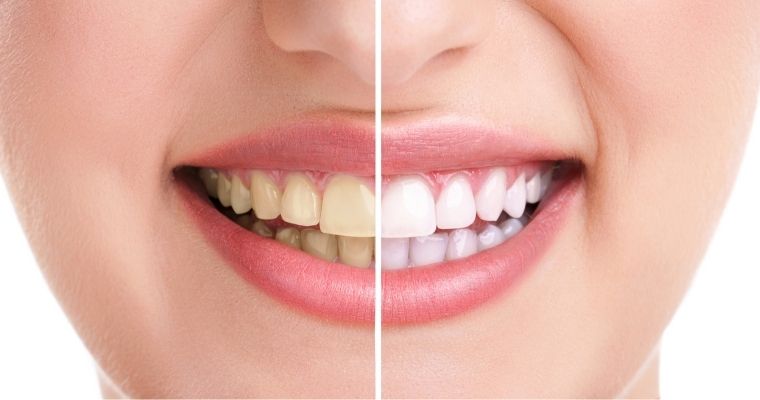

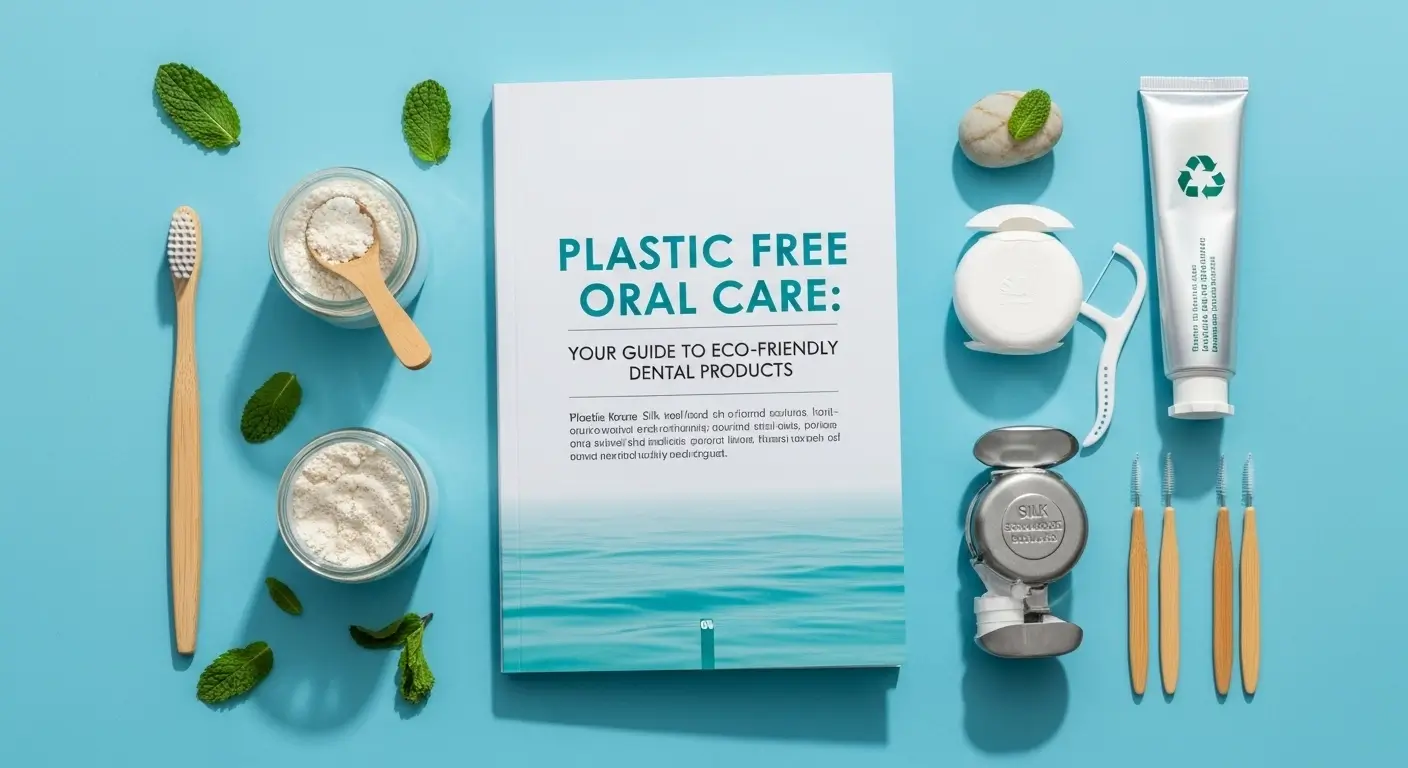
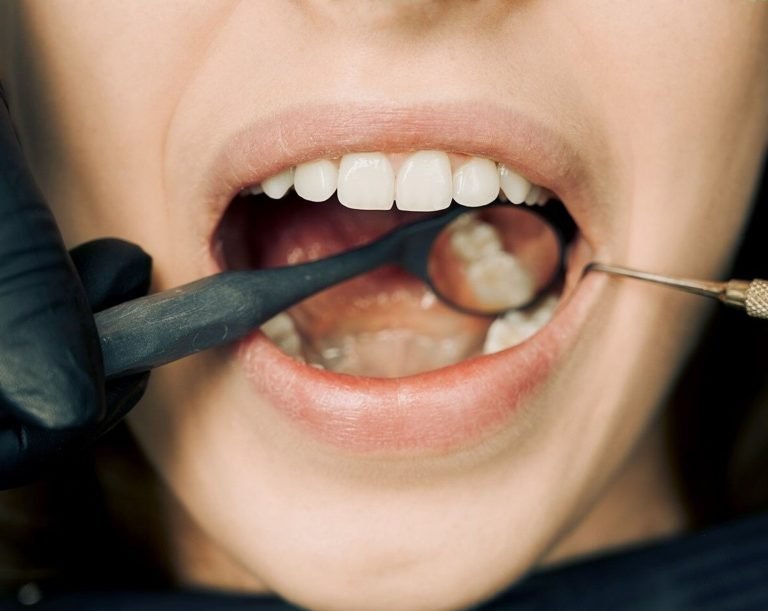

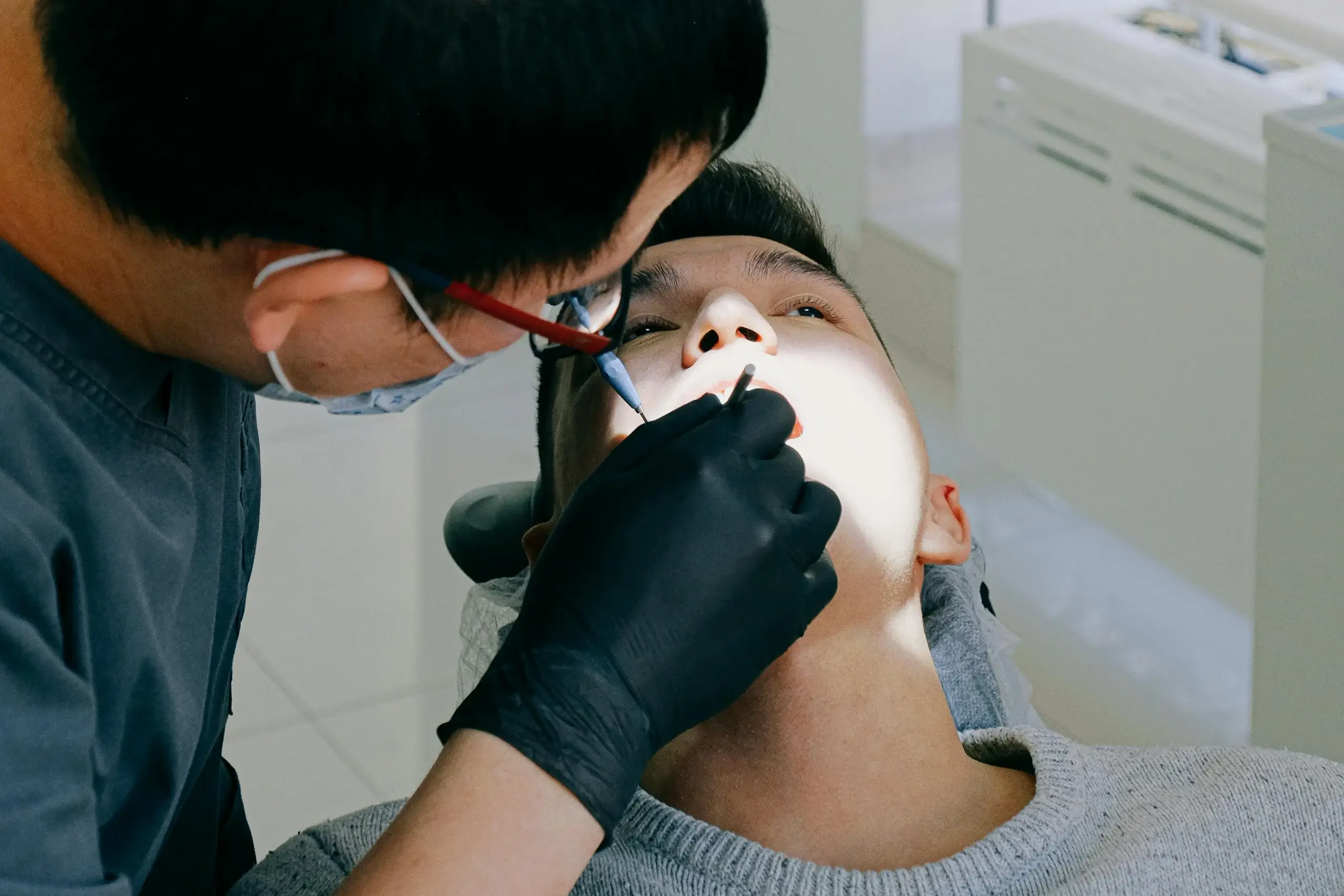
Leave a Reply